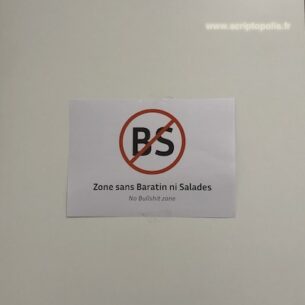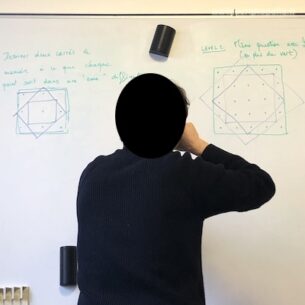Justice

Boston, may 2011.
Because they sort out entities, signposts are both a matter of discipline and of justice. From this standpoint, the history of traffic lights and their invention is fascinating. At first, these lights were meant to replace policemen in the streets, and to reproduce them at a lower cost. The increasing traffic had brought an unexpected issue: cars and their passengers had become unequal. If you would come from a small street, you would basically have no chance to reach a big avenue, even less cross it. It would be all for commuters, who would go through the city like they own the main streets. Traffic lights would let non-commuters drive again and produce a new egalitarian flow. Incidentally, they also help pedestrians to gain some power back. Among the numerous discussions that emerged during this crucial innovation, a lot of people criticized traffic lights for many reasons. But after few months, some noticed a surprising virtue. Traffic lights were even more fair than it was thought: by letting Black people exactly the same amount of time to cross a street as to White folks, they reduced the effects of the mundane racism deeply inscribed in policemen practices.
Traffic lights are a good example to teach Winner and Latour to students (who sometimes incomprehensibly think the latter is not political enough). Artifacts are clearly a matter of power and they do have politics, even unexpected ones.
With such an story in mind, you cannot stop looking at signposts, figuring what kind of justice they bring, what kind of entities they favor. For instance, for a French, it is always striking to see that, in some USA streets, it is still written that the pedestrian has to watch for vehicles and not the other way around.






